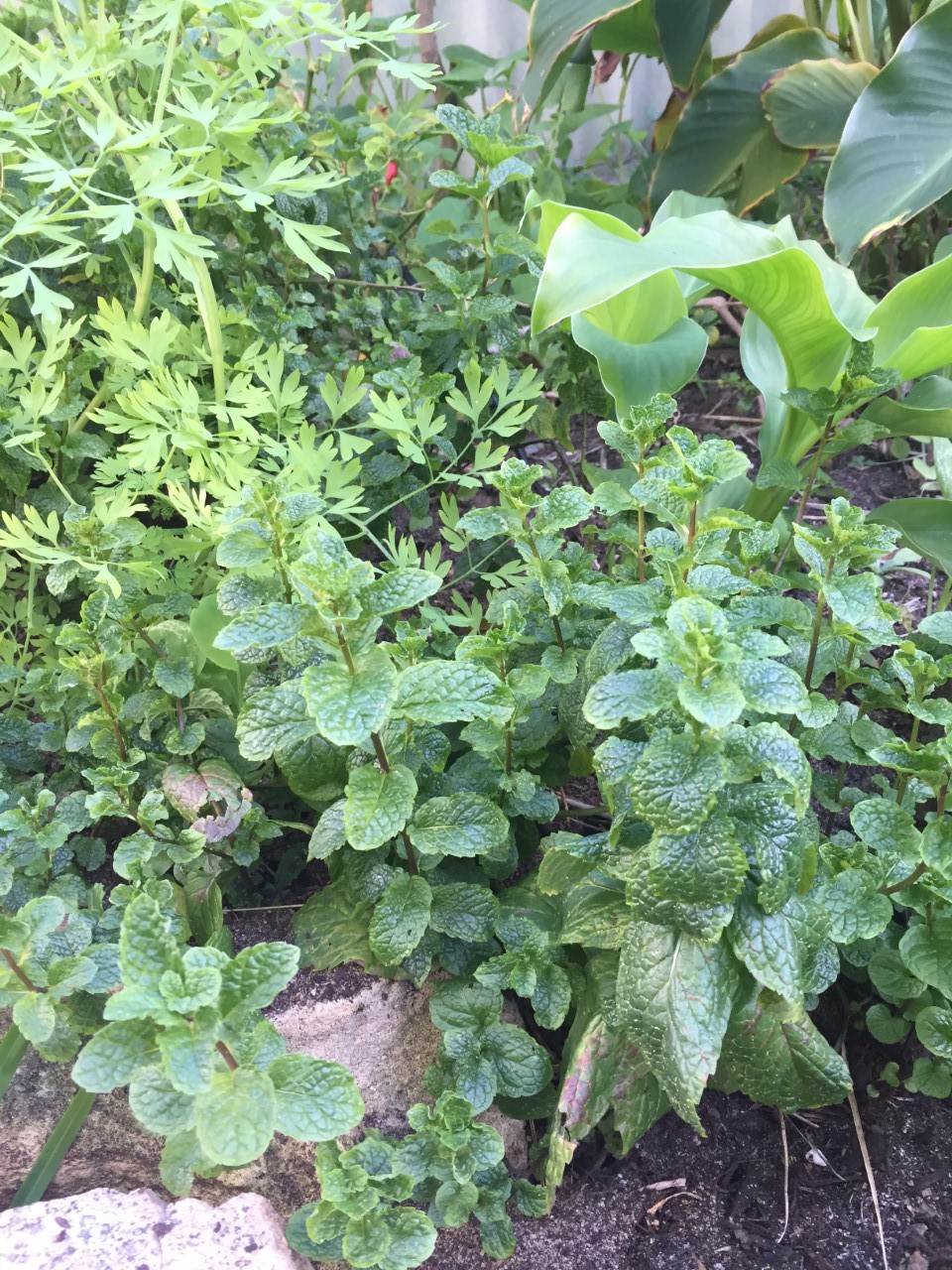13 week cooking course
- Introduction to Cooking
- Understanding Ingredients
- Making Breakfast
- Dinner Delights
- World Cuisine: Asia
- World Cuisine: Europe
- Baking and Bread Making
- Vegan and Vegetarian Cooking
- Gluten Free Cooking
- Healthy Eating and Nutrition
- Kitchen Finale and Consolidation
Understanding Ingredients
Understanding Common Spices and Herbs in Cooking

Plant part used for flavoring, food, medicine, or perfume.
Spices and herbs are the heart and soul of any dish. They add flavor, aroma, and color, making the dish more appealing and enjoyable. This article will provide an introduction to common spices and herbs, their flavor profiles, storage methods, and health benefits.
Introduction to Common Spices and Herbs
Spices and herbs come from various parts of plants. Spices are usually derived from seeds, berries, bark, or roots, while herbs typically come from the leaves of plants. Some of the most common spices include black pepper, cumin, turmeric, and cinnamon. Common herbs include basil, rosemary, thyme, and parsley.
Understanding the Flavor Profiles of Different Spices and Herbs
Each spice and herb has a unique flavor profile that can enhance the taste of your dishes. For instance, black pepper adds a sharp, spicy flavor, while cinnamon provides a sweet, woody taste. On the other hand, basil has a sweet, peppery flavor, and rosemary offers a pine-like, bitter taste. Understanding these flavor profiles can help you decide which spices and herbs to use in your dishes.
How to Store and Preserve Spices and Herbs
Proper storage of spices and herbs is crucial to maintain their flavor and aroma. They should be stored in a cool, dark place in airtight containers. Whole spices can last up to four years, while ground spices can last between two to three years. Fresh herbs can be stored in the refrigerator wrapped in a damp paper towel and placed in a plastic bag. They can last for one to two weeks. Dried herbs can be stored in a cool, dark place for up to three years.
The Health Benefits of Various Spices and Herbs
Spices and herbs not only add flavor to your dishes but also offer numerous health benefits. For example, turmeric contains curcumin, a compound with potent anti-inflammatory and antioxidant properties. Cinnamon can help lower blood sugar levels and has a powerful anti-diabetic effect. Herbs like basil and rosemary are rich in vitamins and minerals and have anti-inflammatory and antibacterial properties.
In conclusion, understanding common spices and herbs, their flavor profiles, storage methods, and health benefits can significantly enhance your cooking skills. It allows you to create flavorful and healthy dishes that everyone will enjoy.